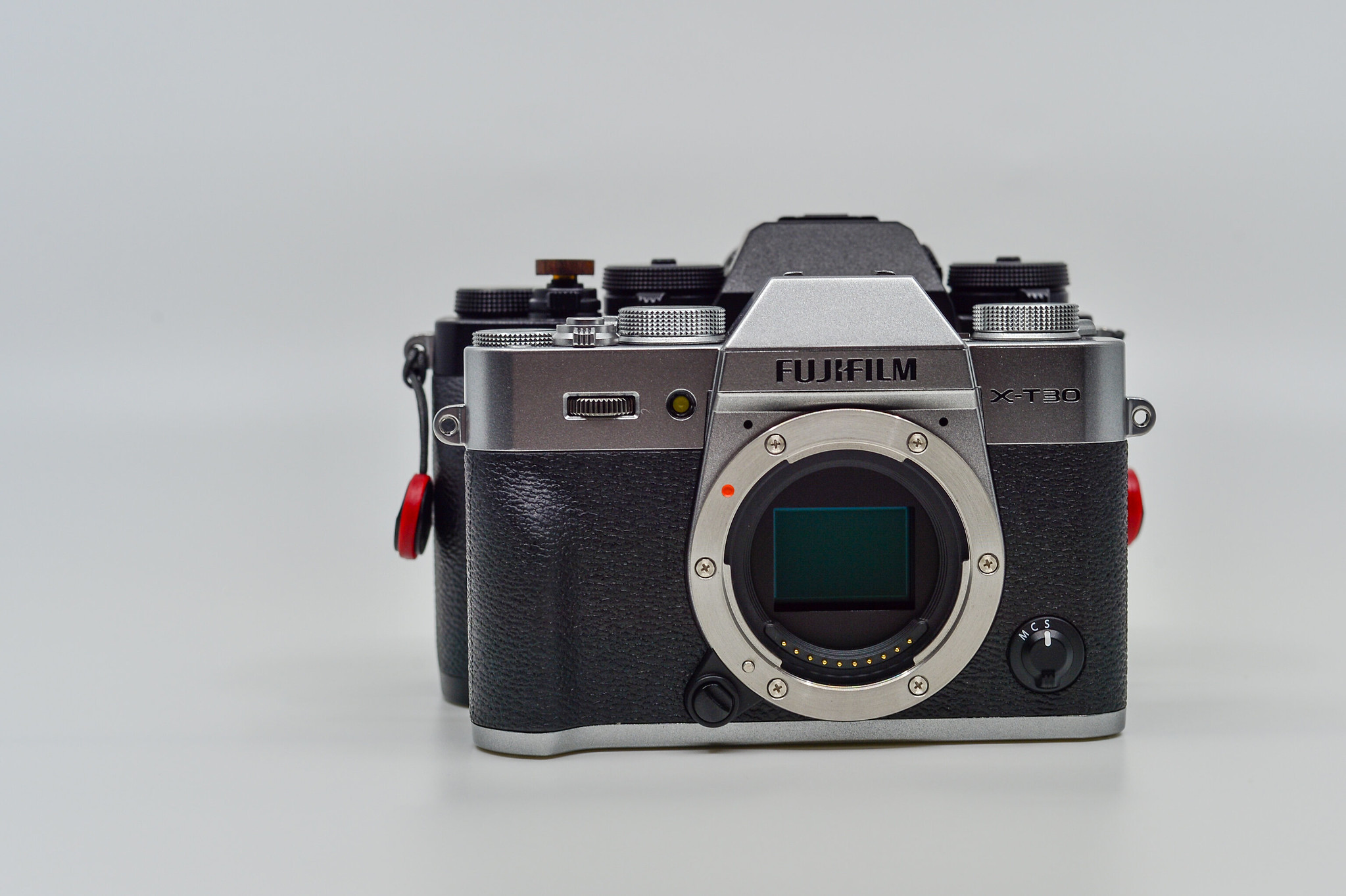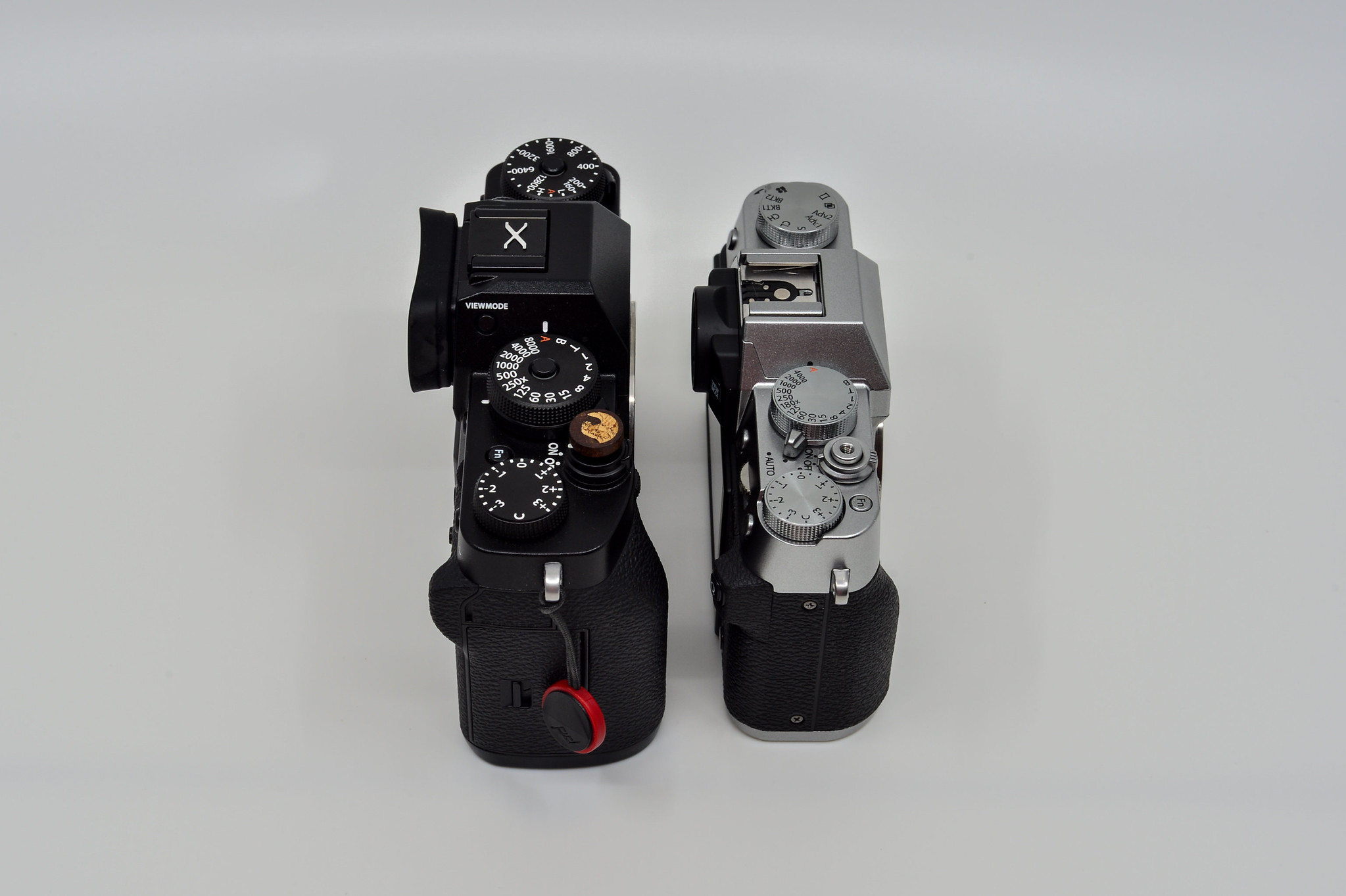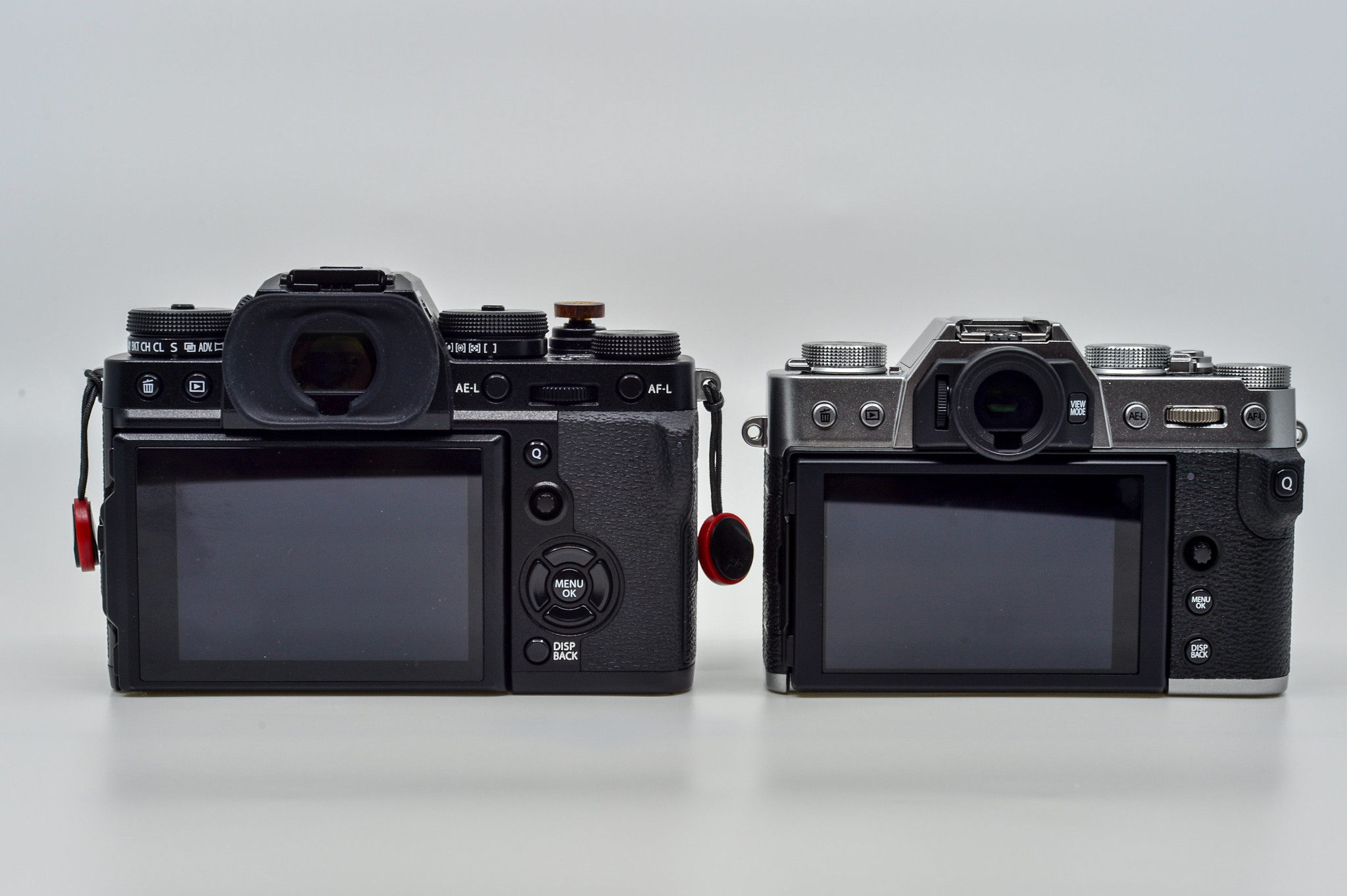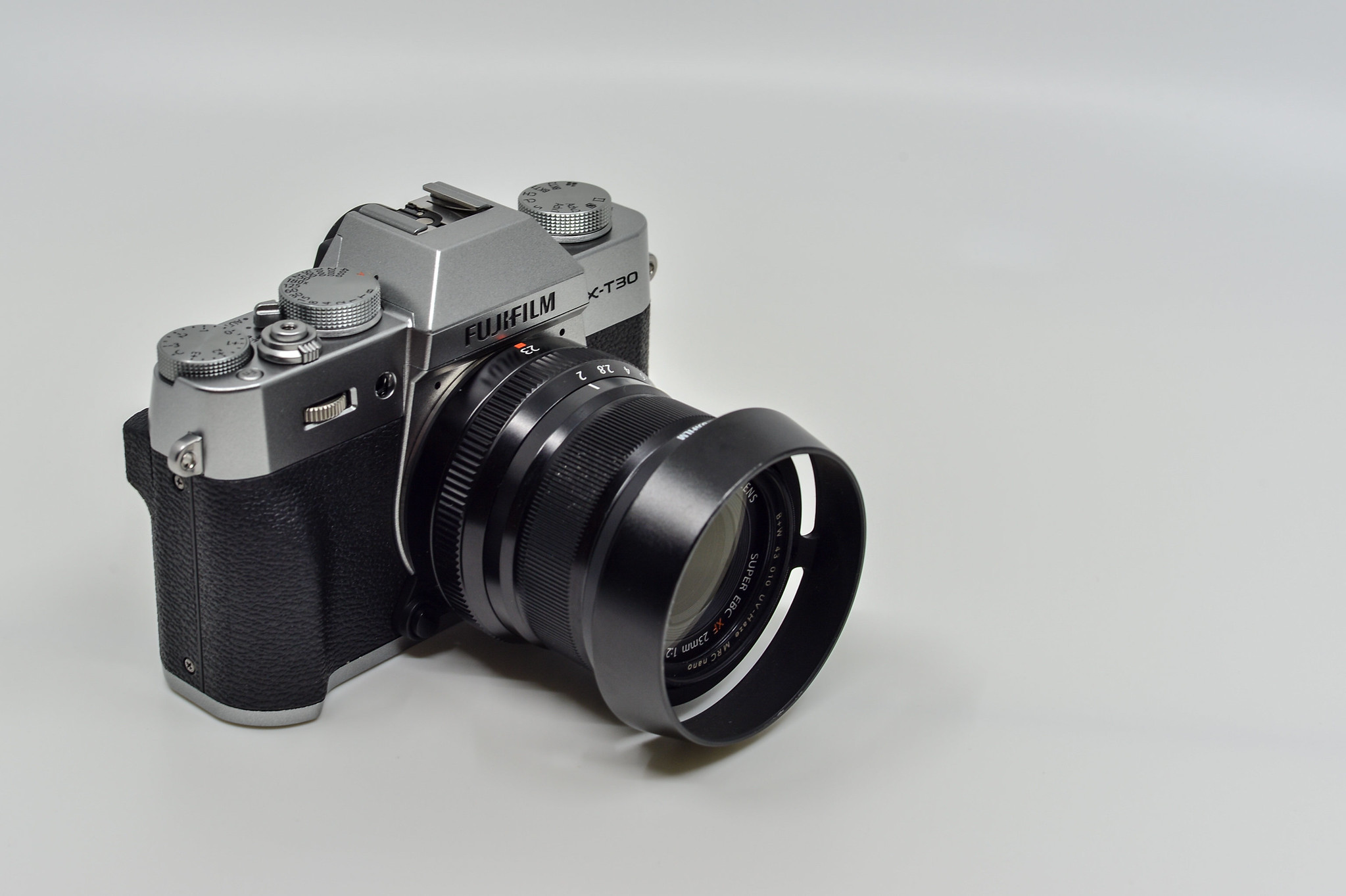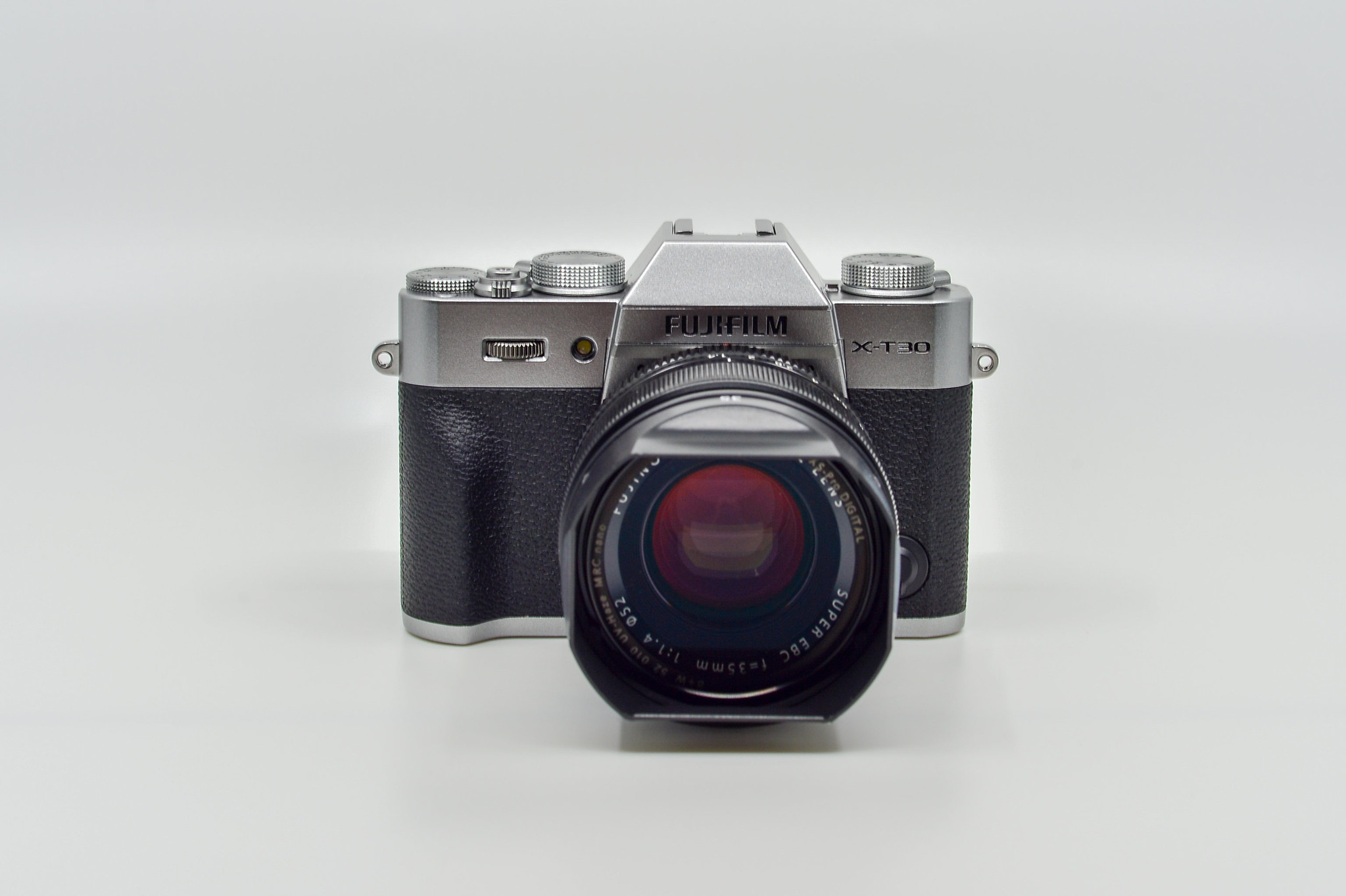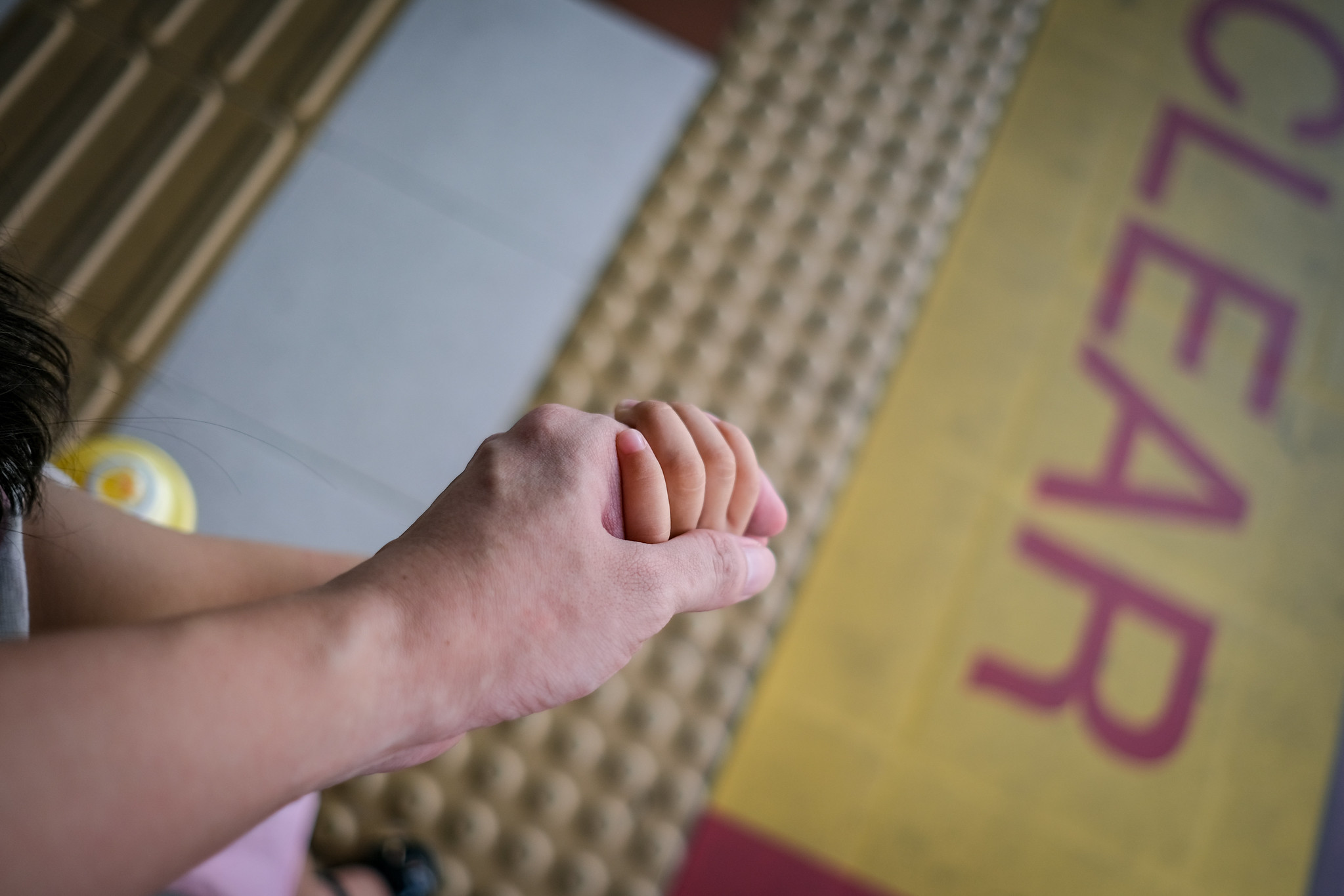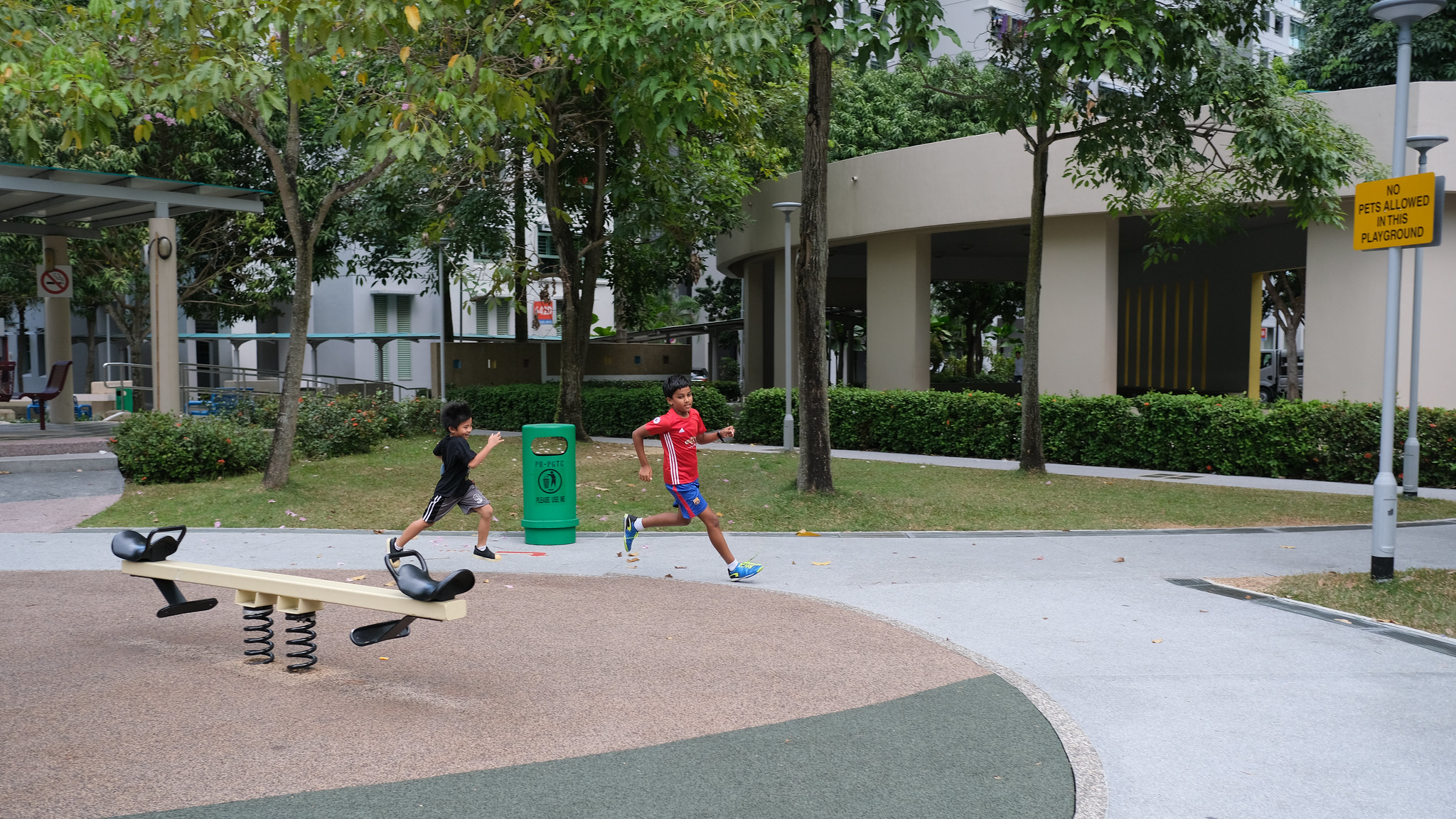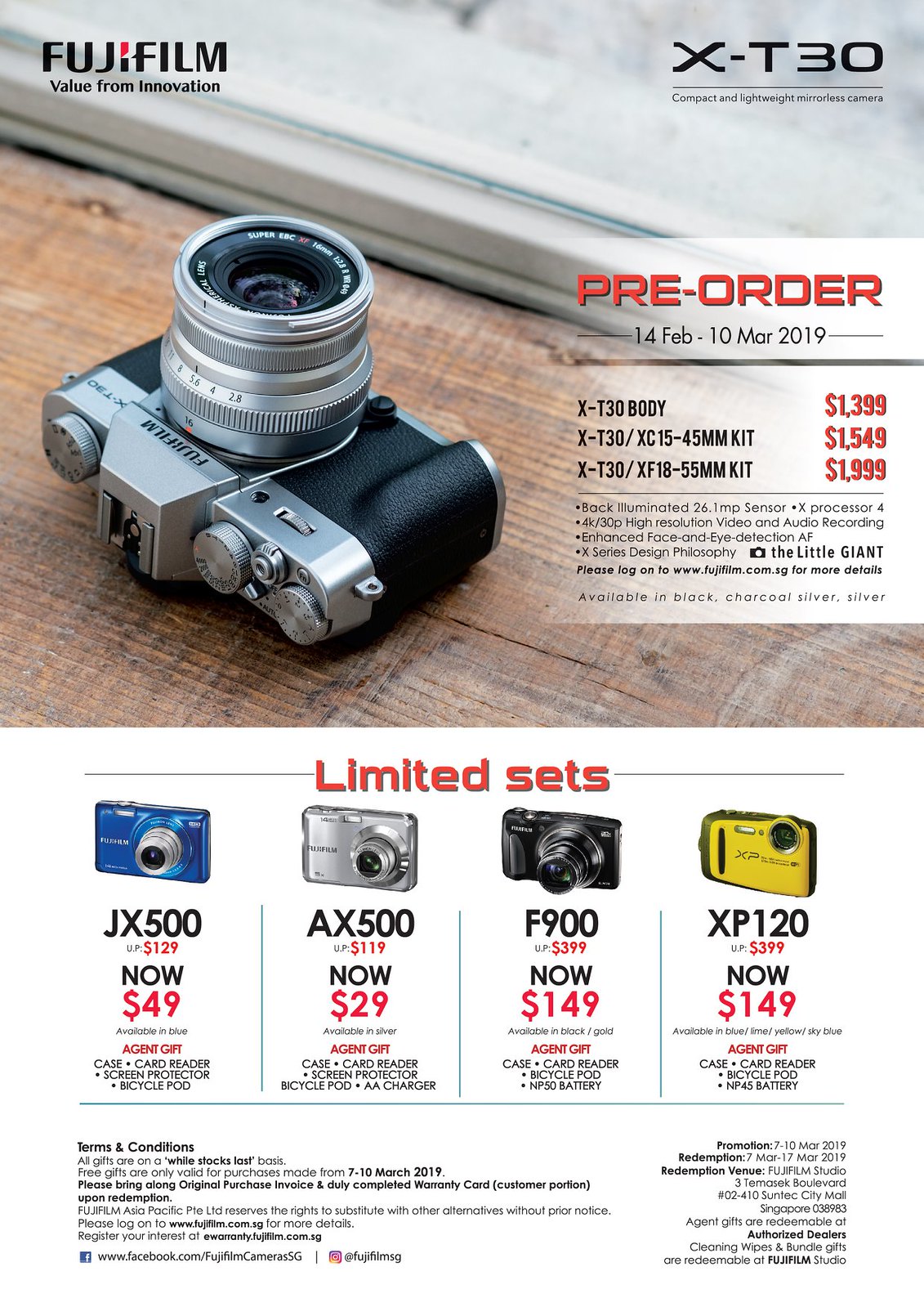*Note: As always, the most updated and complete version of the review will be at my personal website at keithwee.com.
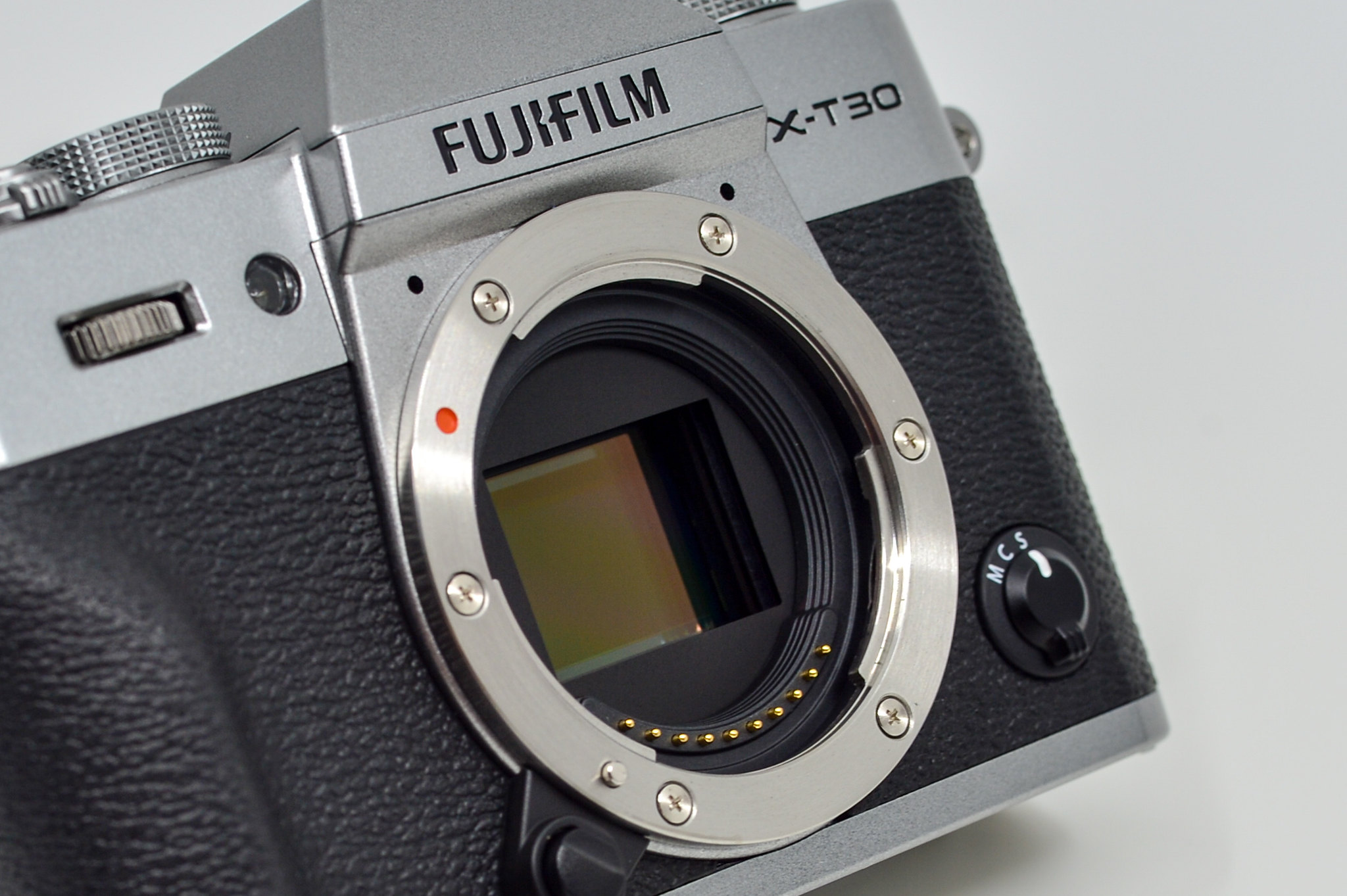
Introducing the X-T30, the only body after X-T3 equipped with Fujifilm’s latest X-Trans IV sensor.
Even though I had shared the review of the X-T20 back on Jan 14, 2017 – the two years gap has been pretty rewarding with the succession of releases of the Fujifilm X-E3, X-H1, X-T100, XF10 and of course the X-T3 bodies.
(click on model names for their reviews)
Yes, the X-T30 presents the same image quality as the X-T3.
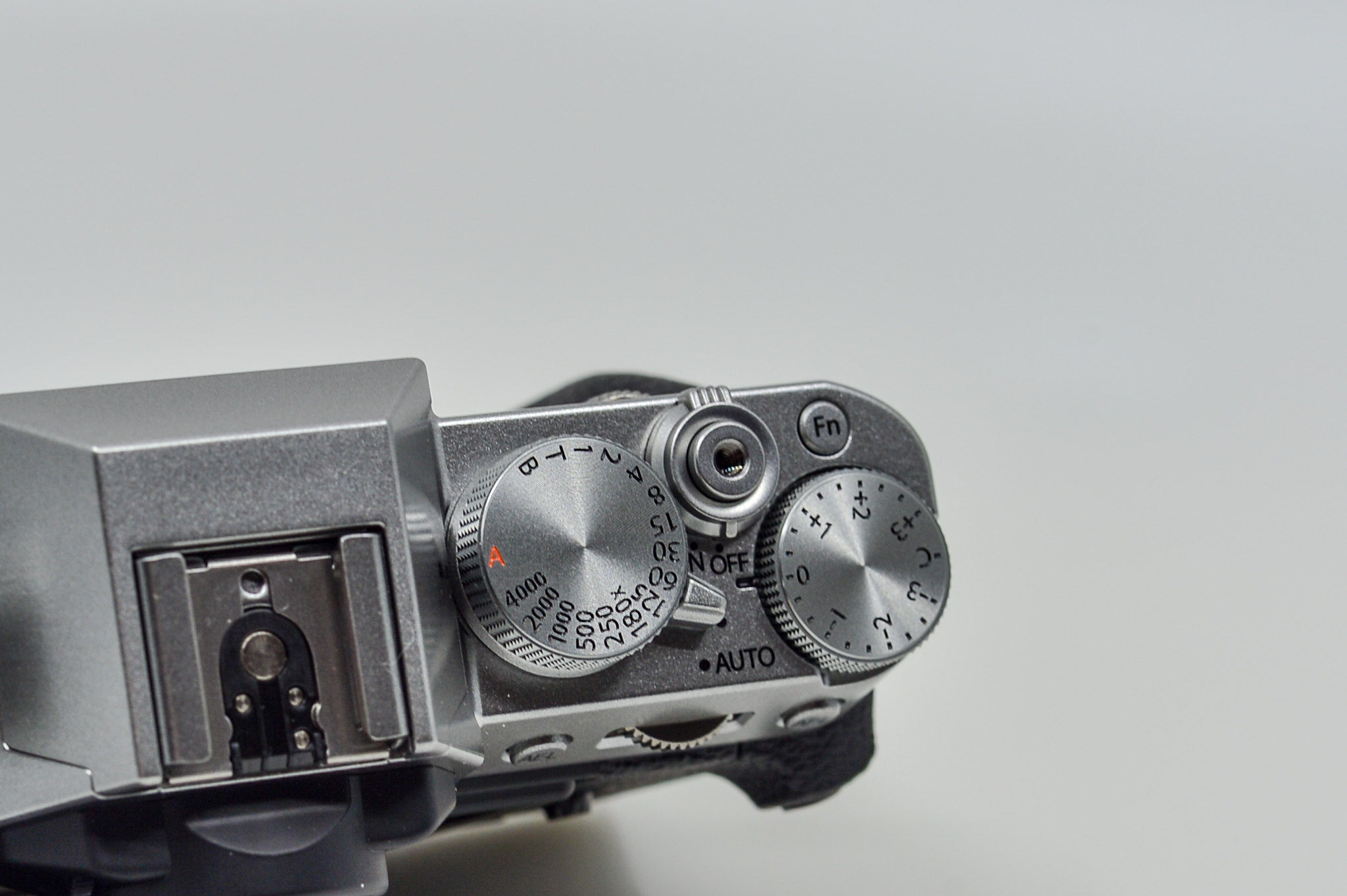

Build, Handling and Design
*note: I will include comparisons with the X-T3 as I go along as I am sure readers will be interested in these details.
The Fujifilm X-T30 design aligns with the design tenets of being the compact and lightweight camera body with an SLR-style viewfinder.
The X-T30 comes in at 118.4 x 82.8 x 46.8 mm (Fujifilm X-T20 comes in at 118.4 x 82.8 x 41.4 mm) and both are at the same light weight of 383 grams (including battery and memory card).
The design of the compact and lightweight body bears all the hallmarks of an X-Series camera. Both top and base plates are made of lightweight, but highly rigid, magnesium alloy.
The top plate features three precision-milled aluminum dials with a durable finish allowing users to easily adjust the aperture (can be set in menu onto back and front dials), shutter speed, exposure and shooting functions, all housed in a well-built body with little and basically no flex. One difference is to note here is the X-T30 goes up to 1/4000s for its mechanical shutter while the X-T3 does 1/8000s and both have electronic shutters going up to 1/32000s.
Contrasting with the X-T3, the X-T30 offers a less cluttered dial system with the removal of the ISO dial and only having 1 instead of 2 layered dials, and comes in less overwhelming to the beginner user.
And of course, not forgetting unique to the X-T30 and not the X-T3, the switch under the shutter speed dial to go from PASM modes into Fujifilm’s Auto (or Advanced SR+ Auto modes) allows beginner users to engage shooting with minimal fuss. This function alone can be a reason why some beginner enthusiast users will choose the X-T30 over the X-T3 series which has no auto mode.
A notable point here is the SR+ Auto mode in the X-T30 has been noticeably upgraded and is now much more responsive and smarter in recognising and applying the recommended settings.
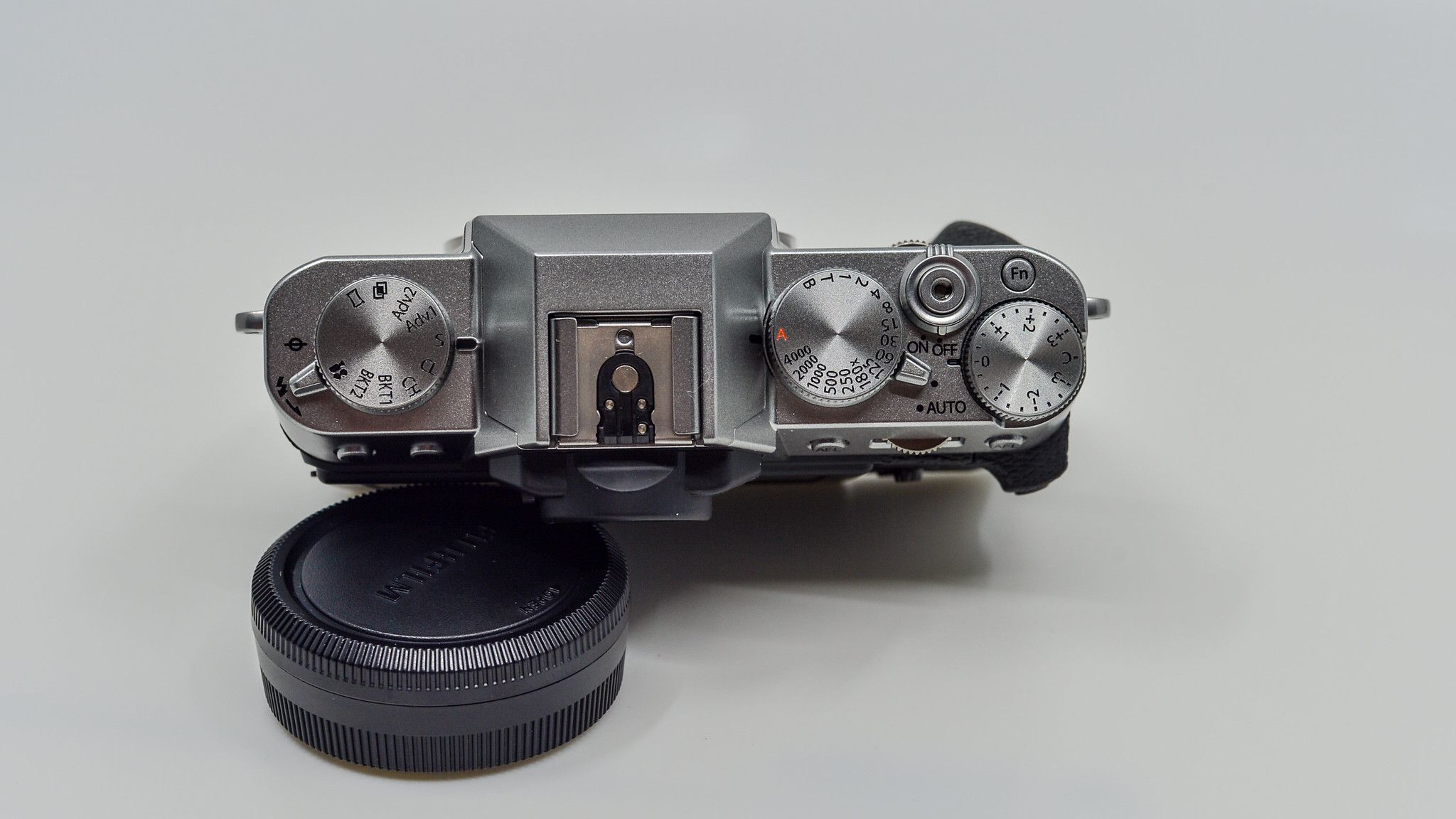
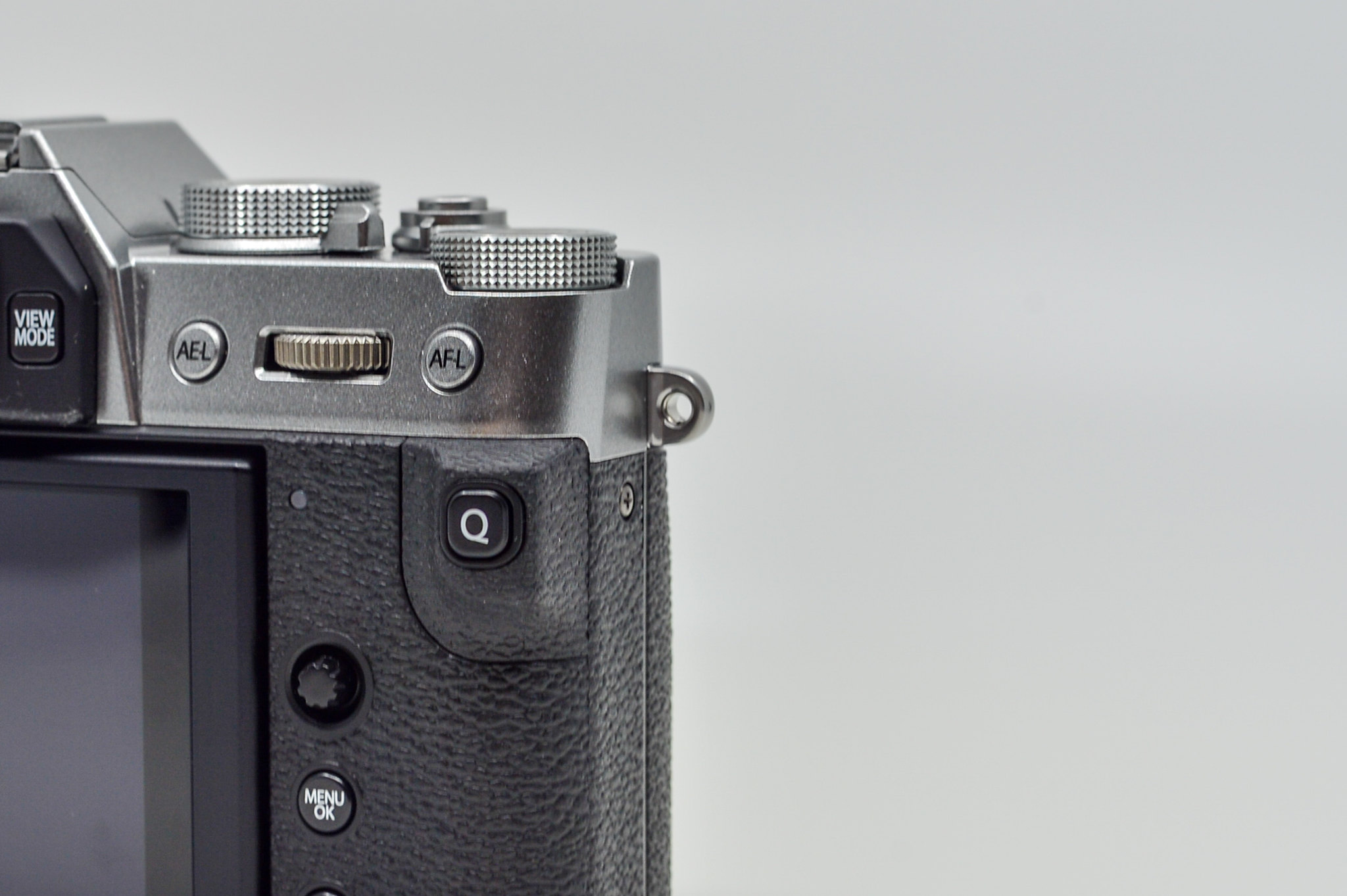
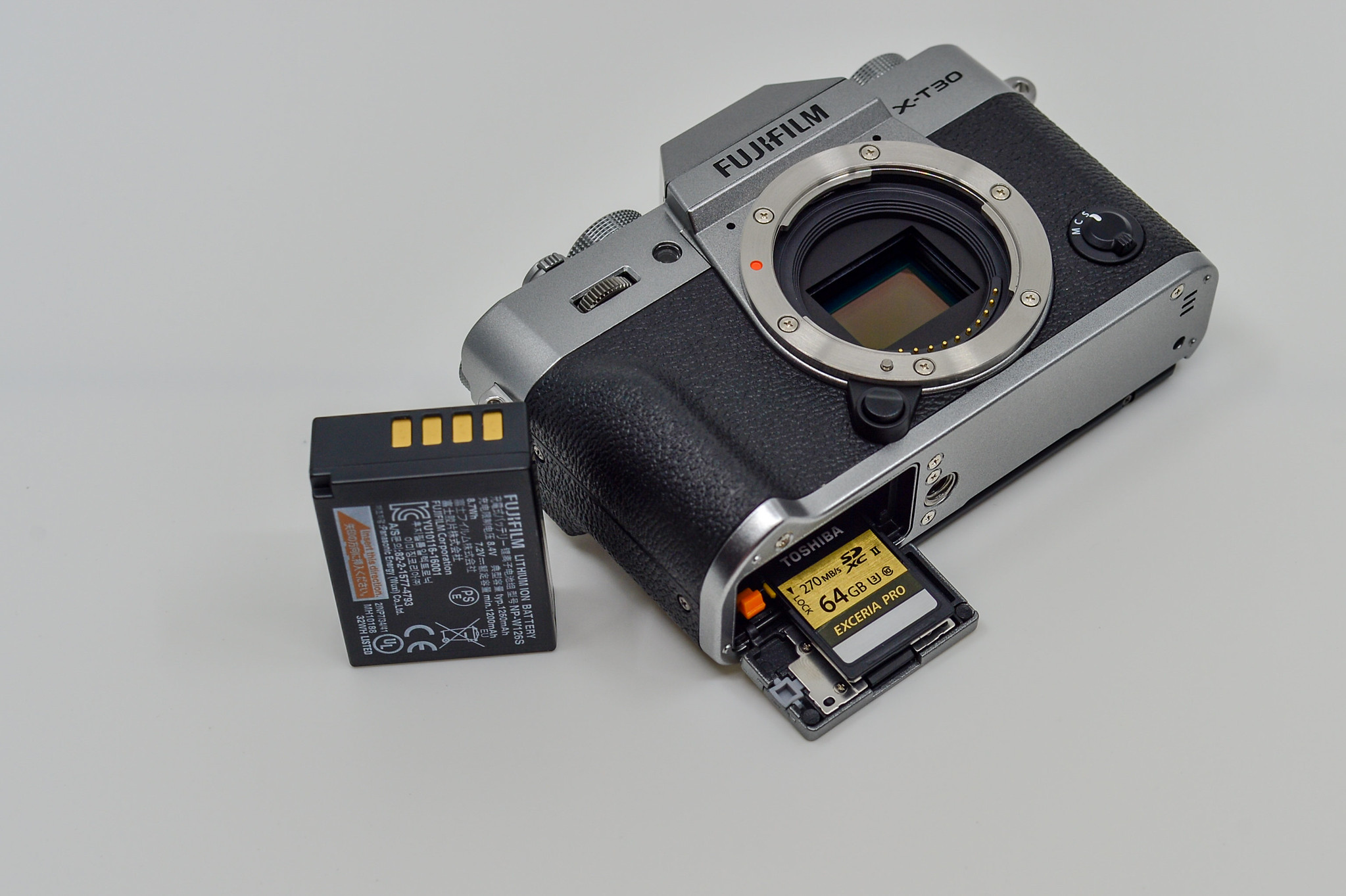
The X-T30 comes with a single SD-card slot that supports UHS-I and uses the same battery (NP-W126S) as its other X-siblings. Slightly shifted in position is the now ubiquitous ‘Q’ (for Quick) menu button on a redesigned thumb grip.
From the engineers, the X-T30 also has more efficient power consumption, giving up to 375 frames per charge instead of 350 frames per charge in the X-T3.
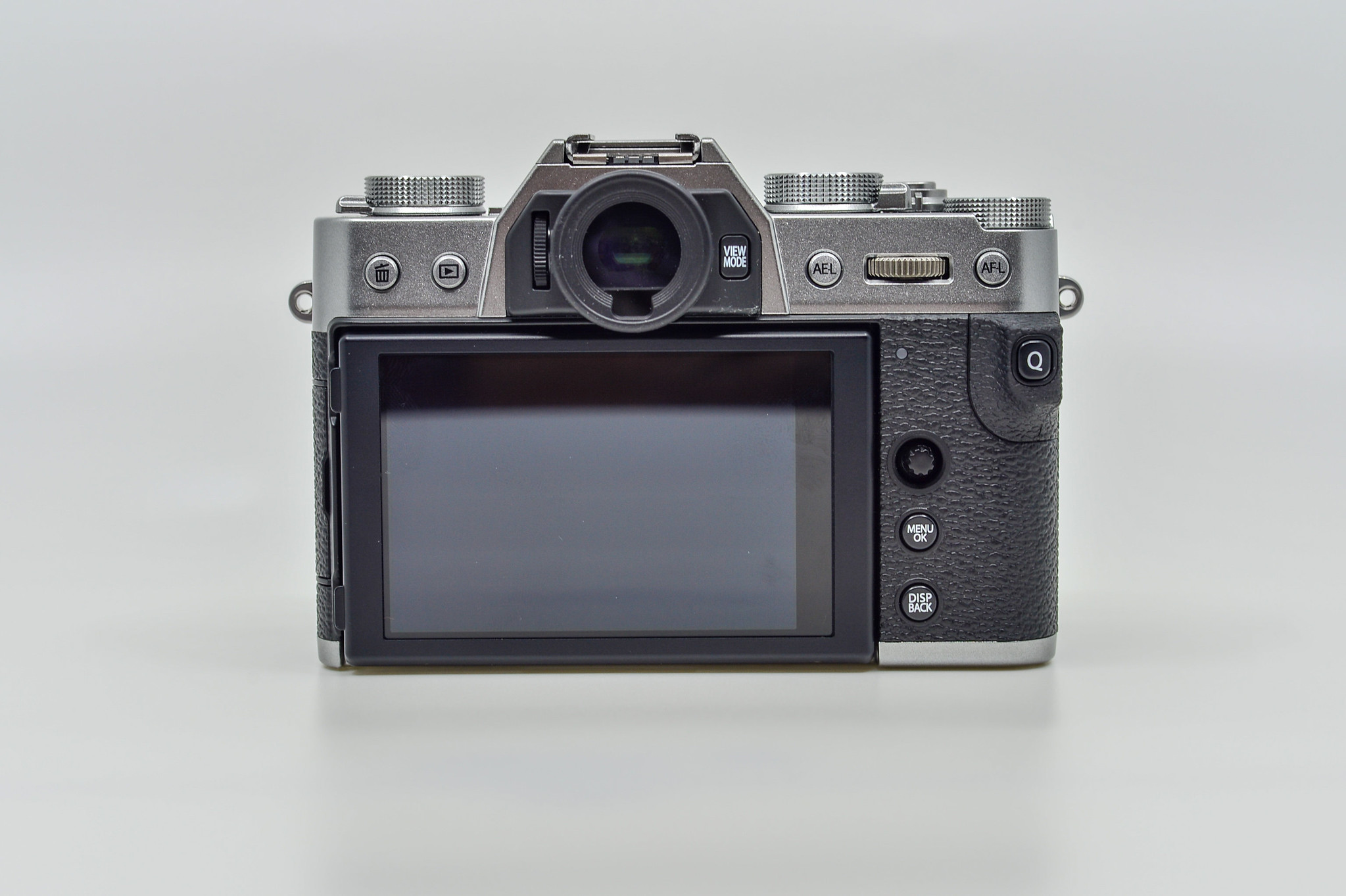
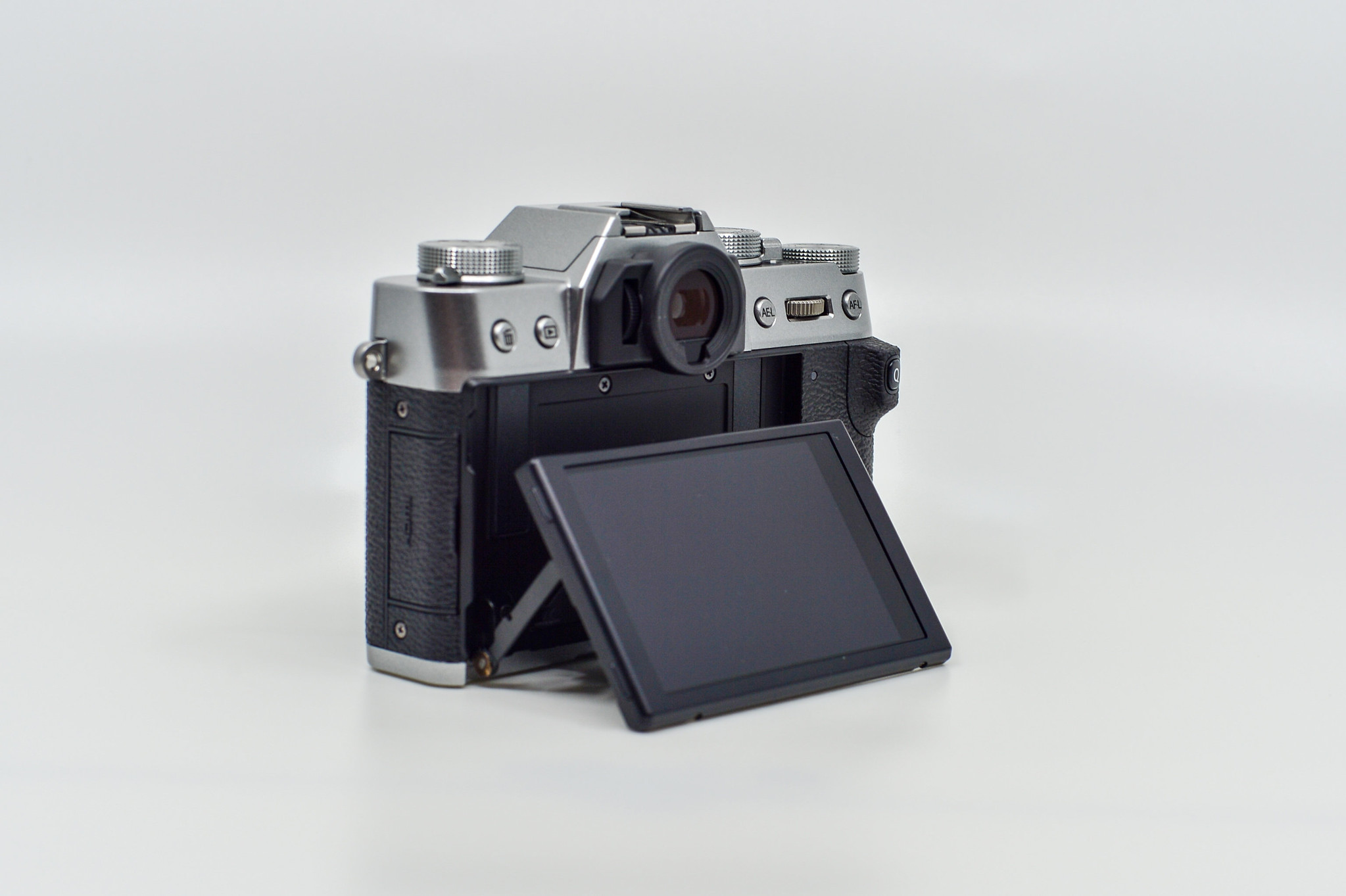
On the back, the electronic viewfinder comes in with a magnification of 0.62 times (X-T3’s is 0.75 times) and a 3 inch type 1.04 million dots touch panel tilt liquid crystal, both similar to the X-T20 sizes.
The X-T30 back now sports a cleaner design, populated by 7 buttons, a 5 direction joystick and a tilt-screen design that makes shooting at awkward angles easy.
The removal of the D-pad is little cause for worry with the the swipe functionalities on the touch-screen (its a surprise that there’s a lot of users now still unclear that one can set in menu to swipe upwards/downwards/right and leftwards to access functions like the 4 way functionality of the D-pad).
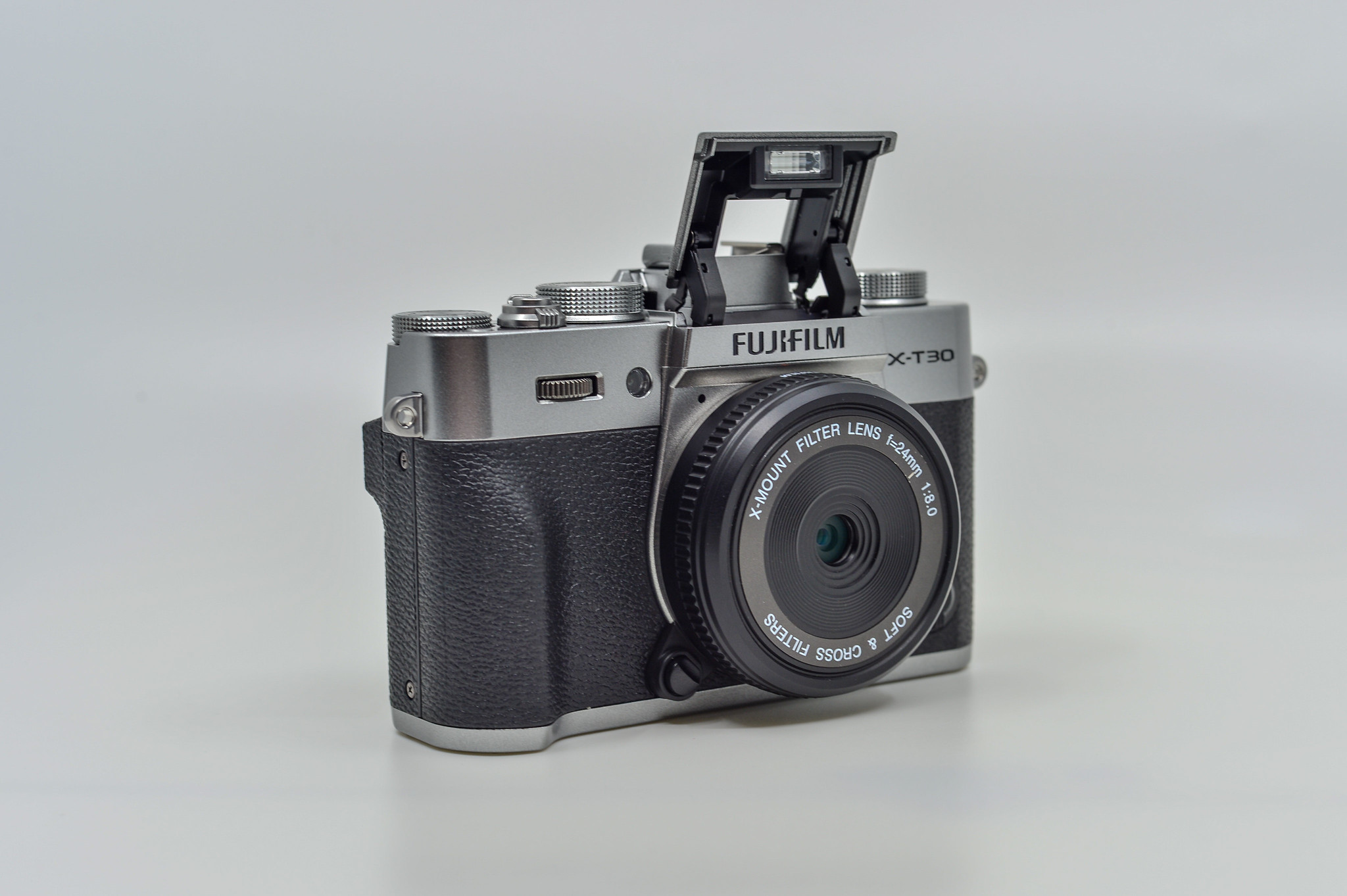

An advantage of the X-T20 over X-T2 back then is it’s built in flash and this function is still present for just that moment when you might need a flash in a jiffy.
Do note that the X-T30 houses the same 26.1 million pixel X-Trans CMOS 4 sensor and X-Processor Pro 4 of the X-T3 hence expect performance levels of continuous shooting of 8 frames per second (mechanical shutter) and blackout-free high-speed continuous shooting at speeds of up to 30 frames per second with a 1.25x crop, with AF points basically covering the full sensor area.
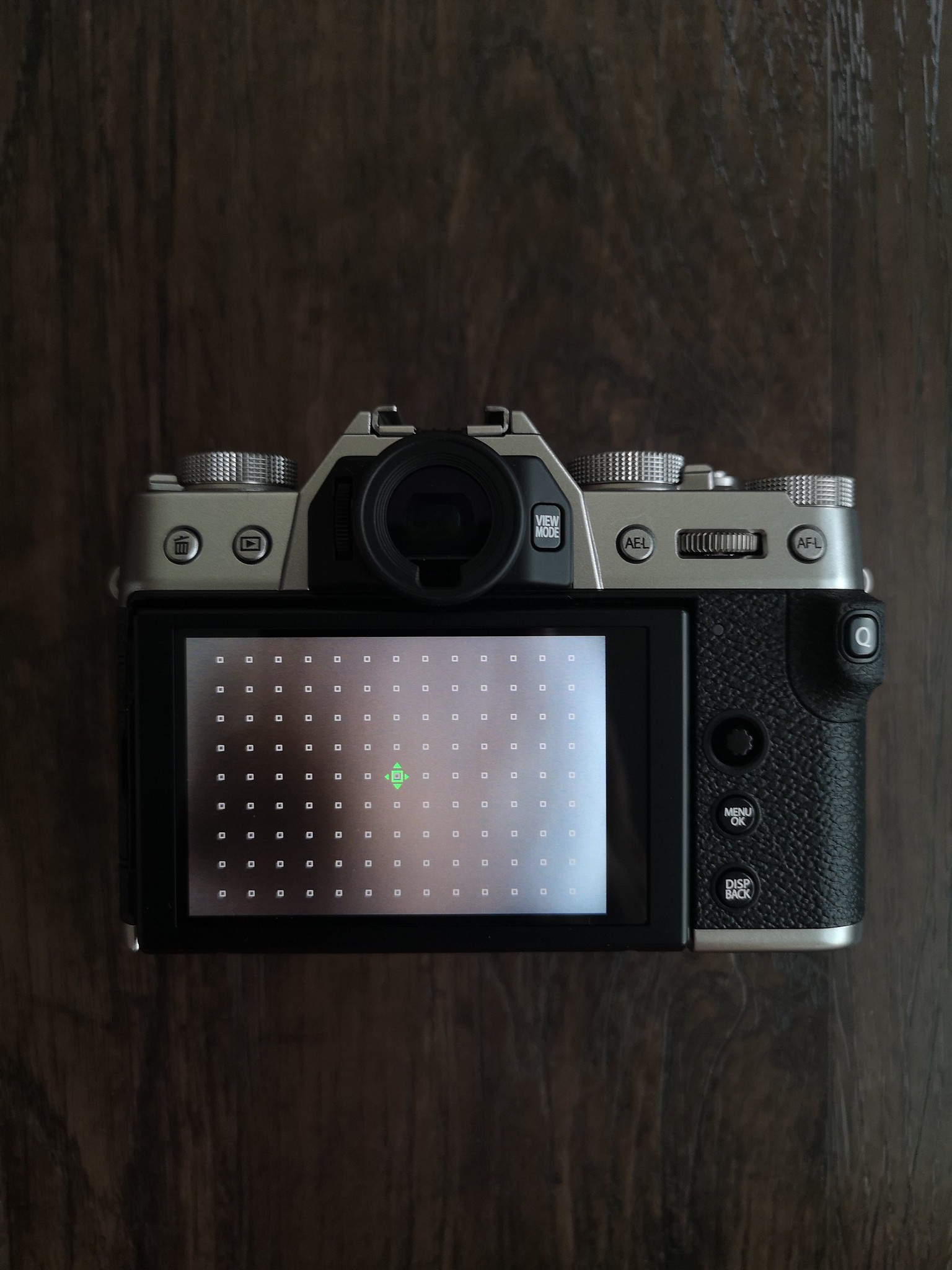
Being a X-Trans sensor based camera, the X-T30 comes equipped with 16 types of film simulation (including Eterna, Acros, and on) and does 4K/30p video while the X-T3 does 4K/60p video.



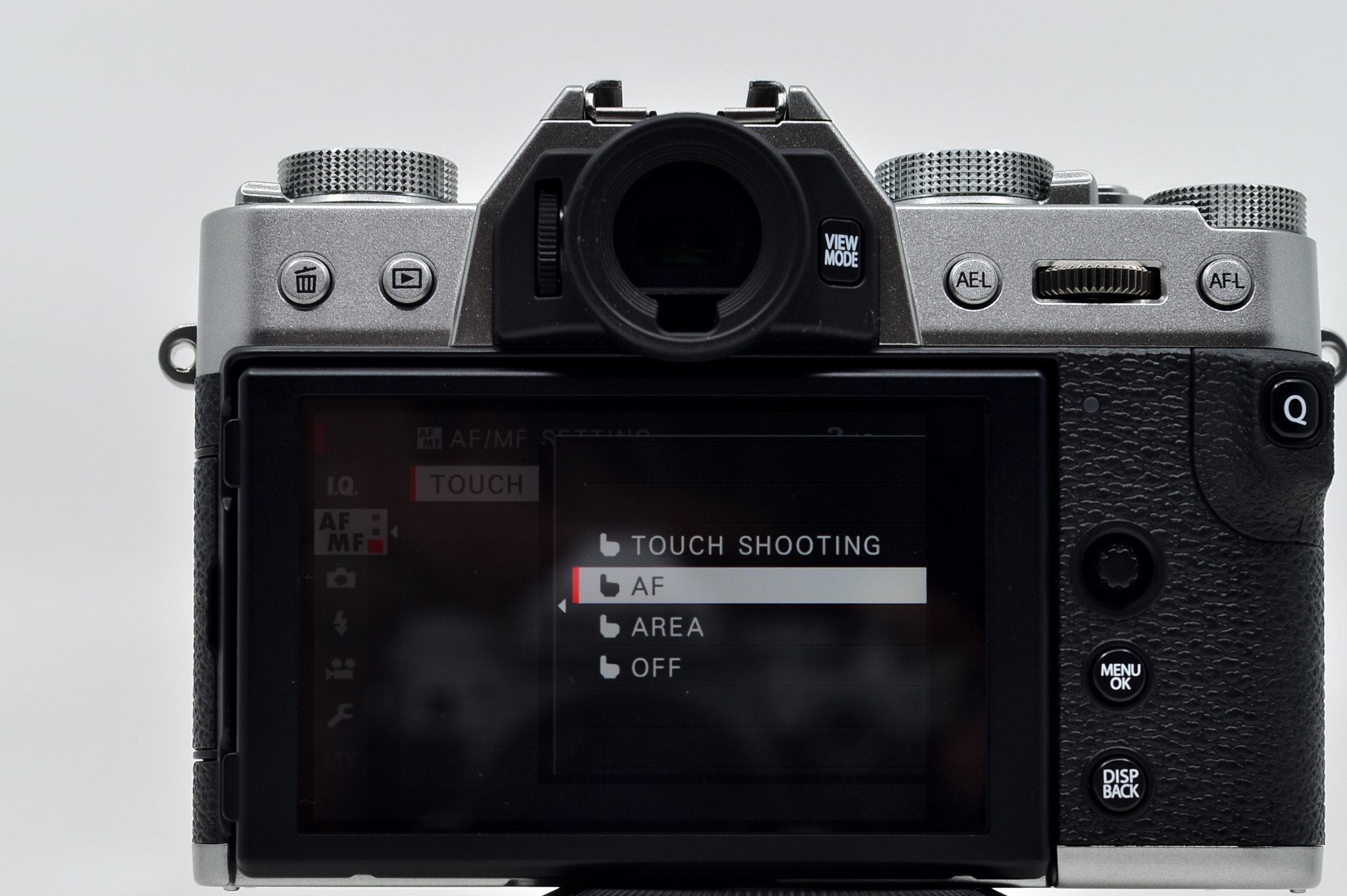
Firmware wise, expect the same firmware as the other X-series cameras which is the way it should be, allowing users ease of transition between bodies. This is one thing Fujifilm has done right in the last few camera releases.
There are enough differences shared along this post to actually differentiate the 2 models, with a next one being that the X-T3 has a much larger buffer than the X-T20. Shoot single shots one doesn’t feel any difference but do continuous high mode, one will soon see the difference.
For example the provided buffer goes as:
at 30 fps (1.25X Crop)
in JPEG 60 vs 26 shots
in RAW+JPEG 33 vs 17 shots
at 20 fps (no crop)
in JPEG 79 vs 32 shots
in RAW+JPEG 33 vs 17 shots
at 10 fps (1.25X crop)
in JPEG 500 vs 93 shots
in RAW+JPEG 37 vs 17 shots
for the X-T3 and X-T30 respectively.
And with the last significant difference of the support for a battery grip, I can simply surmise that the X-T30 while on paper to most readers is a X-T3 in a smaller package, the X-T3 is still the flagship model with more shooting flexibility and potential.
Last edited:



